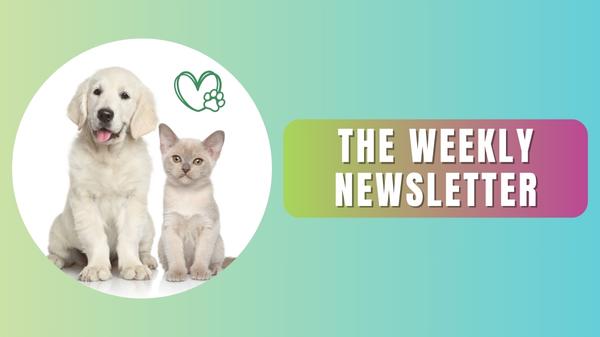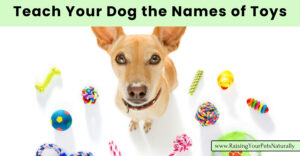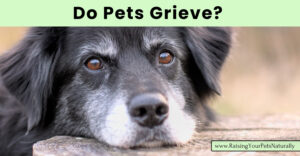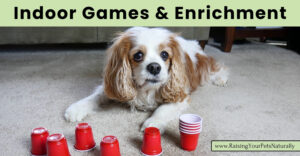Google Adsense Below
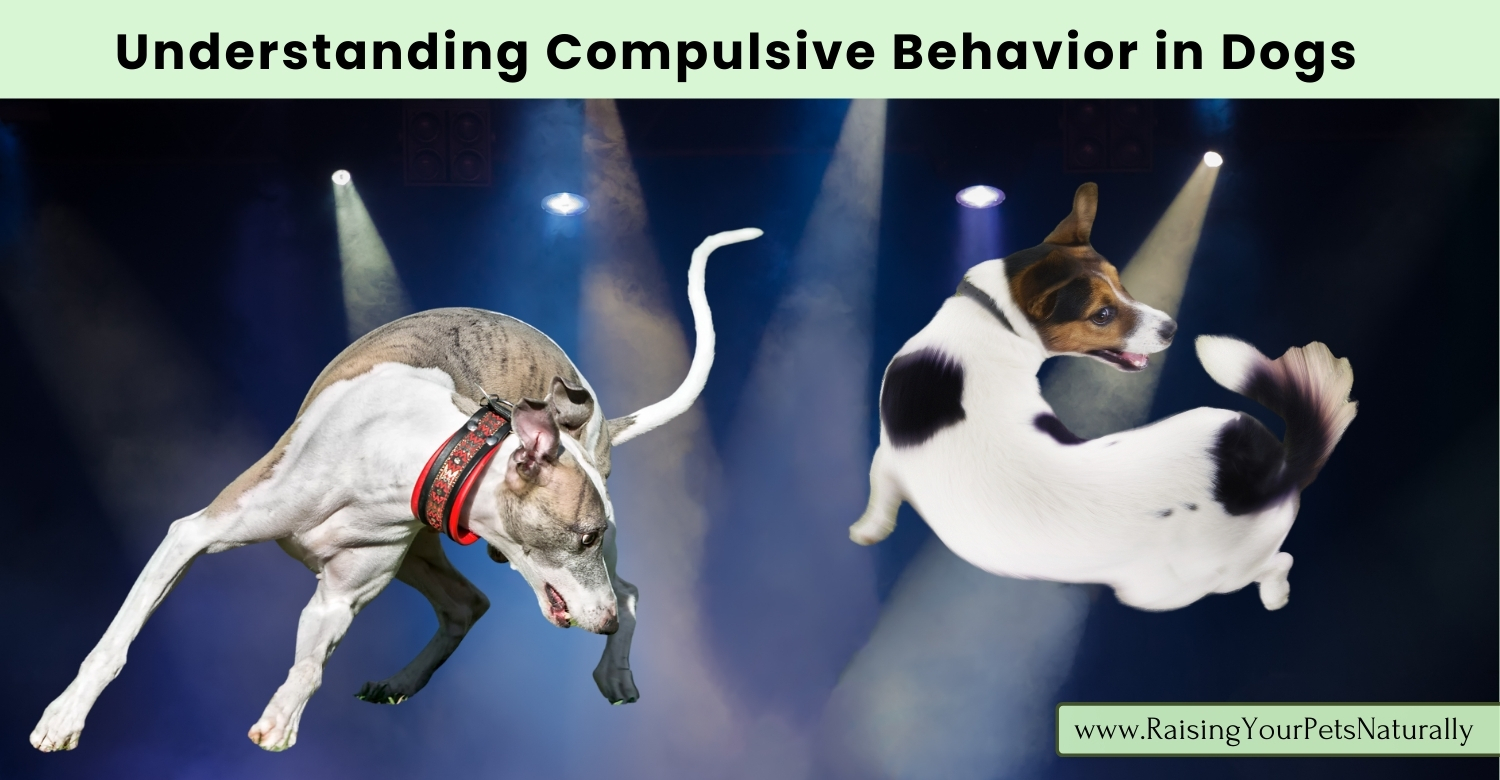

I know how stressful it can be to see your dog struggle with compulsive behaviors. As a positive dog trainer, I’ve seen firsthand how these behaviors can impact a dog’s quality of life. I recently received a question about a dog named AXL who seems to have developed OCD-like behavior around lights and shadows. AXL barks at and chases shadows from things like bees on the ground, light refractions through windows, and reflections from phones or watches. His behavior has escalated to the point where he goes berserk, doesn’t listen, and even waits in the bathroom for shadows to reappear. This has also turned into a serious barking issue, leaving his family feeling overwhelmed.
Identifying and Addressing Compulsive Behavior
Compulsive behaviors in dogs are repetitive actions they do over and over, like tail chasing, chasing lights, excessive licking, or spinning in circles, usually as a way to cope with stress or anxiety. While some repetitive behaviors can be normal, it becomes a problem when they start to take over your dog’s life or impact their overall well-being.
When your dog starts to fixate on something like a light or shadow, it can be distressing for both of you. It’s important to recognize that compulsive behaviors in dogs can develop due to underlying anxiety, boredom, or it’s just fun for the dog. Changing the behavior sooner rather than later is important to prevent it from becoming a real issue. Start by identifying the triggers and work on redirecting your dog’s attention before they become too focused on the object of their obsession.
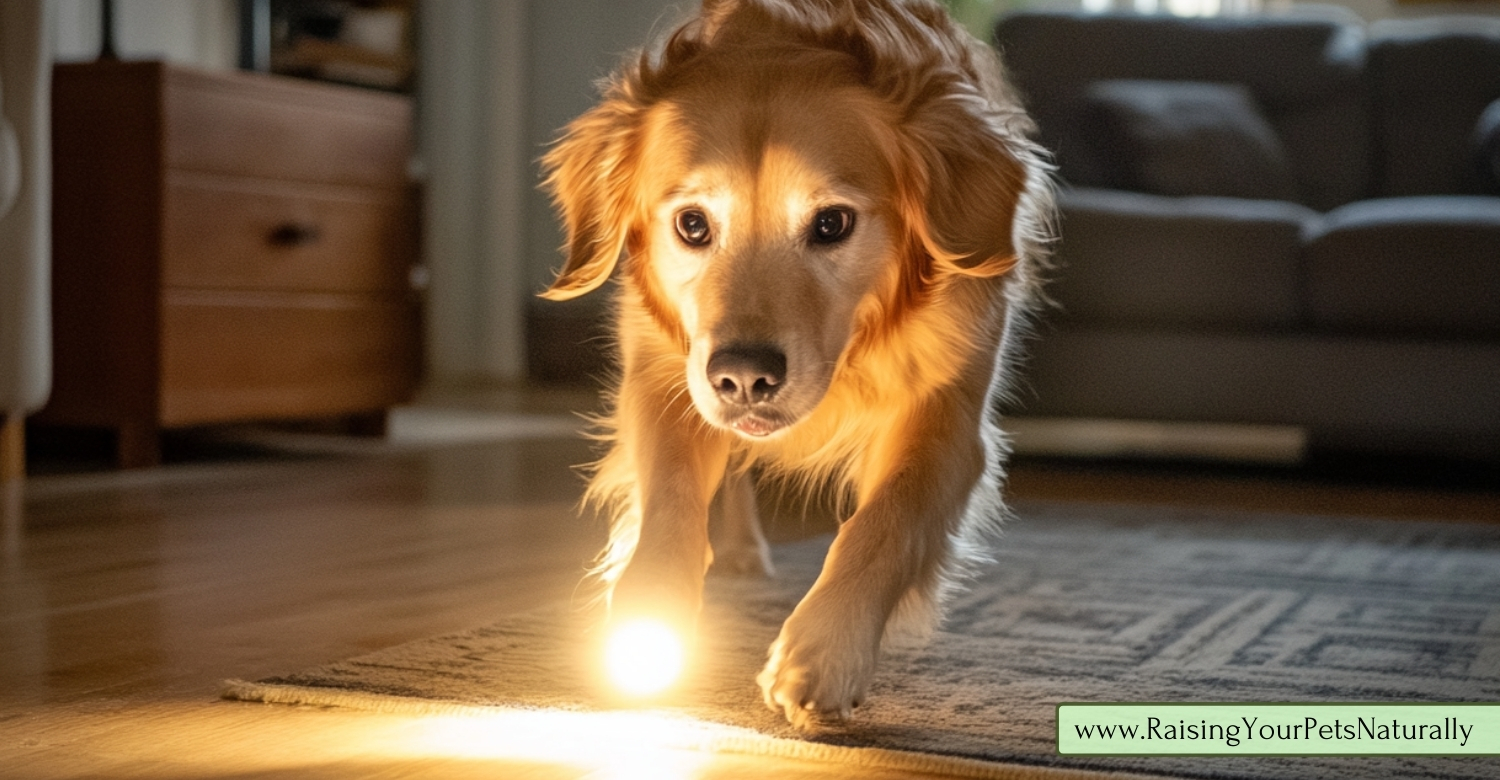
Signs Your Dog’s Behavior Might Be Compulsive
- Repetitiveness: If your dog repeatedly performs the same action over and over, like chasing lights, licking themselves, or barking at shadows, this could be a sign of compulsion. It’s not just an occasional thing, it happens frequently, and your dog is obsessed with the behavior.
- Not Able to Stop: A key factor of compulsive behavior is that your dog can’t seem to stop or you can’t easily redirect them. For example, if your dog is chasing a light, and you can’t call him off of it, even for a rewarding treat, this could be compulsive behavior.
- Escalation: Compulsive behaviors often get worse over time. What started as a fun game with a laser pointer may change to an obsession where your dog chases any flicker of light or shadow, becoming frustrated or agitated when they can’t “catch” it.
- Impact on Daily Life: Compulsive behaviors can become the main focus of a dog’s life and routine.
- Anxiety or Stress: Often, compulsive behaviors are linked to underlying anxiety or stress. A dog with a stress-related compulsion is likely to exhibit the behavior during times of anxiety such as thunderstorms or fireworks.
Why Do Dogs Develop Compulsive Behaviors?
Dogs can develop compulsive behaviors for a variety of reasons, often stemming from stress, anxiety, or boredom. Kind of like some people bite their nails or twirl their hair. Genetics can also play a role, with some breeds being more predisposed to certain compulsive behaviors. Understanding these underlying causes is crucial for addressing and helping your dog. As always, addressing the why can help you help your dog’s change this behavior.
- Lack of Mental Stimulation: Dogs need mental engagement to stay happy and content. Without enough to do, they might resort to repetitive actions.
- Stress and Anxiety: Changes in environment, routine, or trauma can lead to compulsive behaviors.
- Genetics: Some breeds are more prone to certain repetitive behaviors, and puppies raised in a sterile environment are also at a higher risk.
What to Do if Your Dog Develops an Obsession
If your dog is starting to show signs of compulsive behavior, it’s essential to address it sooner rather than later. And don’t encourage it! I remember as a child my dog, Toby, loved chasing lights. I’d play with him and a flashlight. This is a bad idea! I was lucky the behavior didn’t turn into a serious compulsion. This type of OCD behavior can quickly spiral into something more severe.
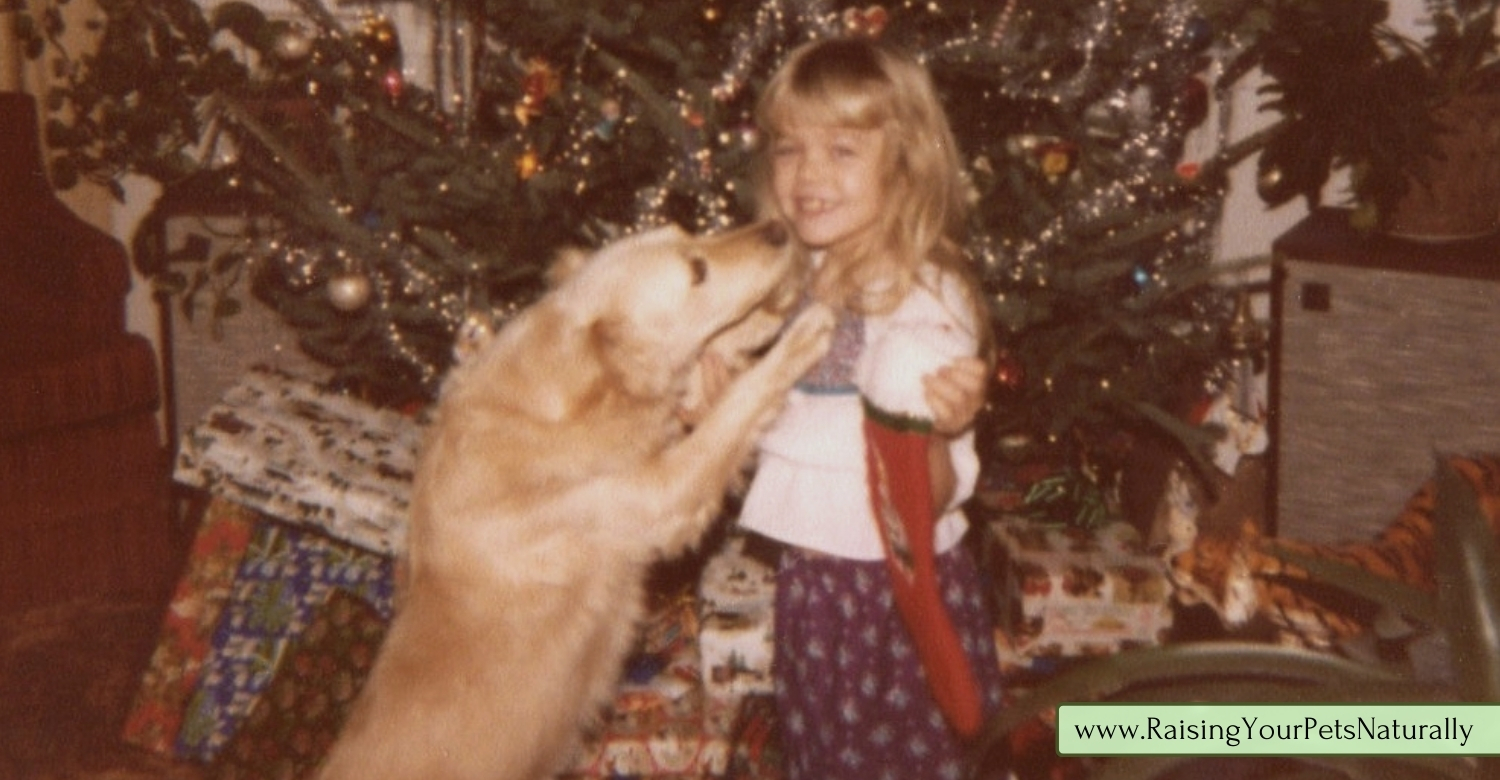
Some effective treatments include behavior modification along with medication. There are various studies showing dogs with obsessive tendencies may have imbalanced serotonin levels, so medications that influence serotonin absorption could be beneficial.
The first step is to reduce or eliminate the triggers when possible. This may be very challenging, but it’s so important when trying to change this type of issue. If your dog is focused on, say, shadows or reflections, you want to take a look at your environment and look for shadows and reflections. Try to change the lighting to avoid them. Engage your dog in alternative activities to help keep their focus on something else. Bump up your dog’s daily mental and physical enrichment.
To help manage your dog’s compulsion, start by redirecting your dog’s attention whenever he fixates. Engage him with interactive toys or a fun training session to change his focus away from the target. As mentioned earlier, try to reduce the sources of light reflections that trigger his behavior. If the problem persists, and you’re feeling overwhelmed, it might be time to seek guidance from a professional dog trainer and or your dog’s holistic veterinarian. They can offer personalized strategies to help your dog find a better balance and ease his fixation.
If specific triggers cause compulsive behaviors, work on gradually exposing your dog to these triggers in a controlled way, while rewarding calm behavior. For instance, if your dog becomes obsessive about light reflections, start by creating a very faint light reflection and reward your dog for staying calm. Gradually increase the intensity or movement of the light over time, continuing to reward calmness, helping your dog learn to relax around the trigger.
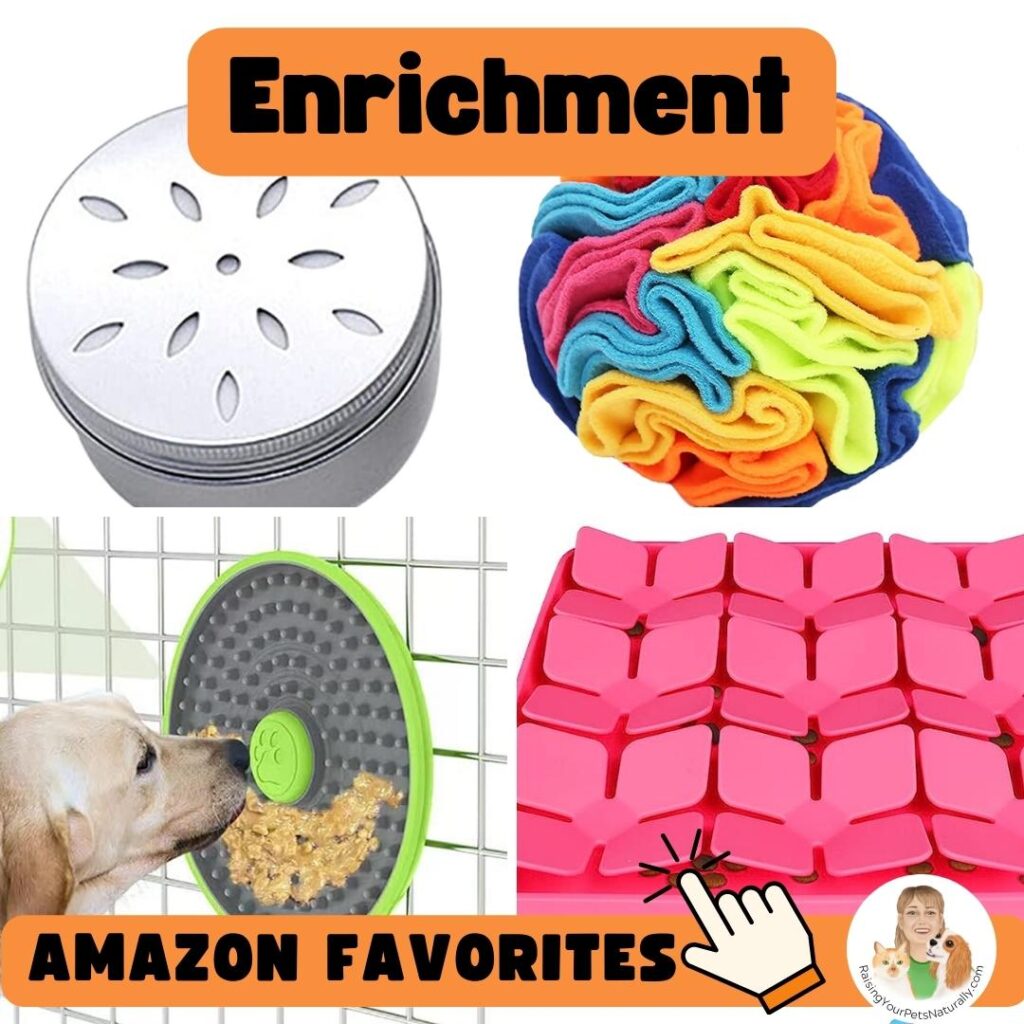
Will My Dog Always Struggle with Compulsive Behaviors?
If your dog has been dealing with compulsive behaviors for a while, it will likely take good management and training to see substantial behavioral changes. But, don’t let that discourage you. With a good veterinarian and dog behavior consultant by your side, your dog can learn a new skill set to eliminate or reduce compulsive behaviors. The key is to keep working on your management, behavior modification and enrichment, and have a lot of patience.
I hope these tips help you and your dog find some relief and happiness. If you have any questions or need further guidance, feel free to reach out!
Have you dealt with compulsive behaviors in your dog? What strategies have worked best for you? Share your experiences and tips in the comments below!
Have you dealt with compulsive behaviors in your dog? What strategies have worked best for you? Share your experiences and tips in the comments below!
Are you looking for even more ways to stay up to date with Raising Your Pets Naturally? Sign up for the newsletter for more tips and promotions. Don’t forget to be social and Like, Follow and Subscribe.
Facebook Twitter Pinterest Instagram YouTube
 |
Dog training tracker & log book |

Google Adsense—>

